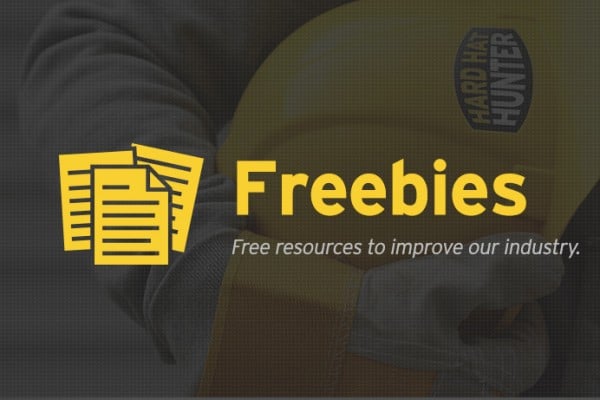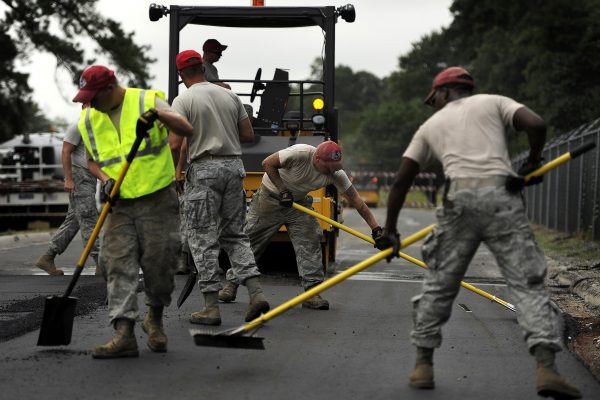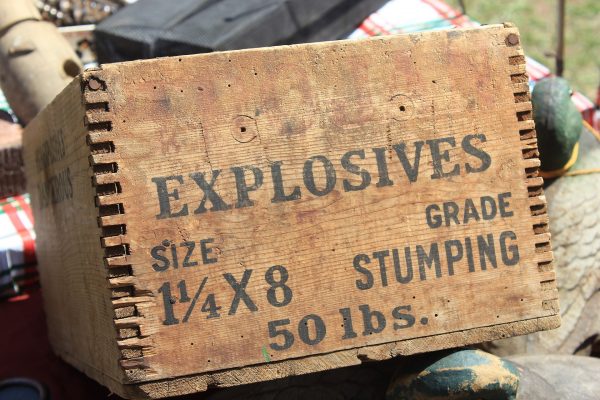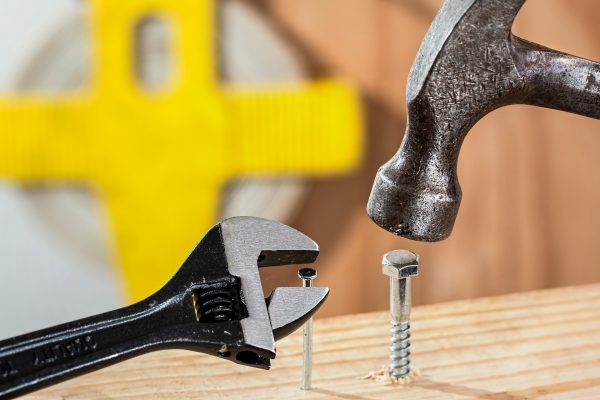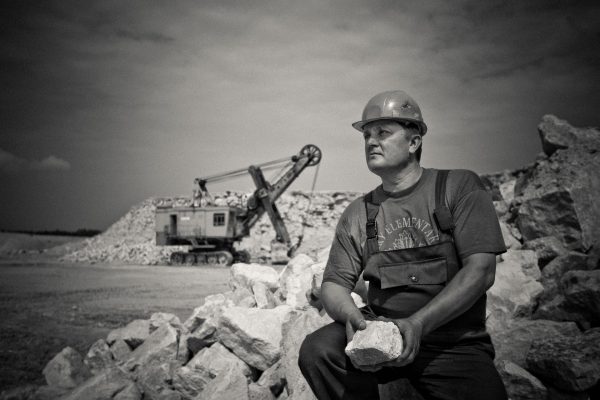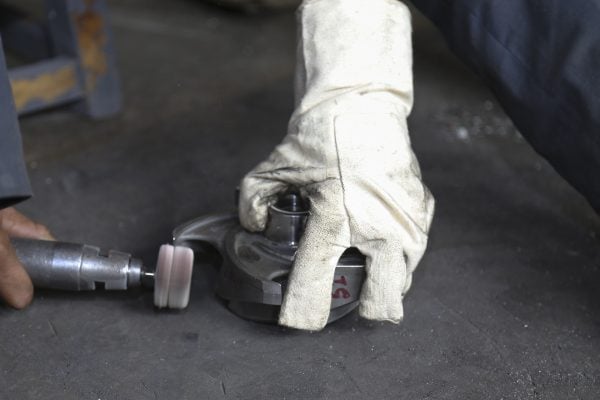Working at Heights Handling heavy materials and working at heights can be a dangerous combination. When working at heights, be sure to: Have appropriate training to safely work at heights Thoroughly... read more →
Safety
What is a Hazard Corrective Action Form? A Hazard Corrective Action Form is a document used to identify corrective actions that have been taken to reduce/eliminate workplace hazards. What is the purpose... read more →
Oil spills can be devastating to the environment, as well as marine species. Reports suggest that the effects of oil spills can be felt decades after the event, and that... read more →
Asphalt is a product extensively used in construction work, including road construction, paving, roofing, and manufacturing. When asphalt is heated for use, fumes are released that can be harmful to... read more →
We’ve all seen our fair share of cinematic explosions used for action or drama in numerous forms of media. However, if you were to follow how they were handled or... read more →
It’s expected that a workplace filled with heavy machinery, high powered tools, equipment, and manual labor has it’s fair share of safety and health hazards. However, even in an office... read more →
Simple hand tools such as hammers, wrenches, chisels, screwdrivers, and pliers are highly underrated sources of potential danger. The truth is these very common, harmless seeming hand tools account for... read more →
Over one million workers every year experience back injuries, and one fourth of all worker’s compensation claims are a result of back injuries. Injuries to the back can have long... read more →
Your hands are one of the most complex parts of the human body, a combination of tendons, bones, tissues, and nerves work together to help your hands accomplish some amazing,... read more →
Internationally there are 2000 workplace injuries per day . . . which equates to enough injuries to fill a typical 40,000 seat stadium each month. An estimated 200 eye injuries... read more →


